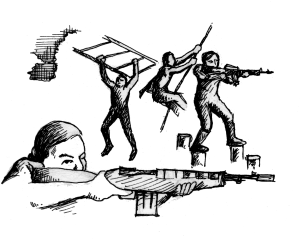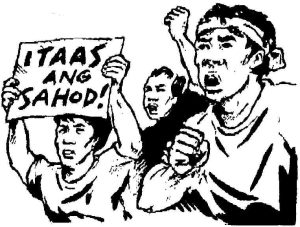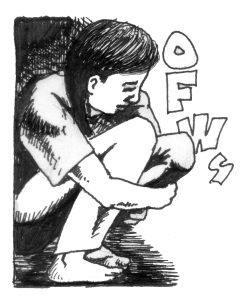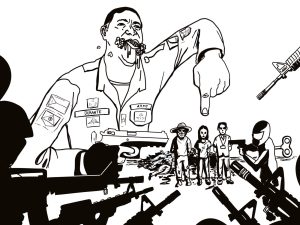GDP growth, not felt by people

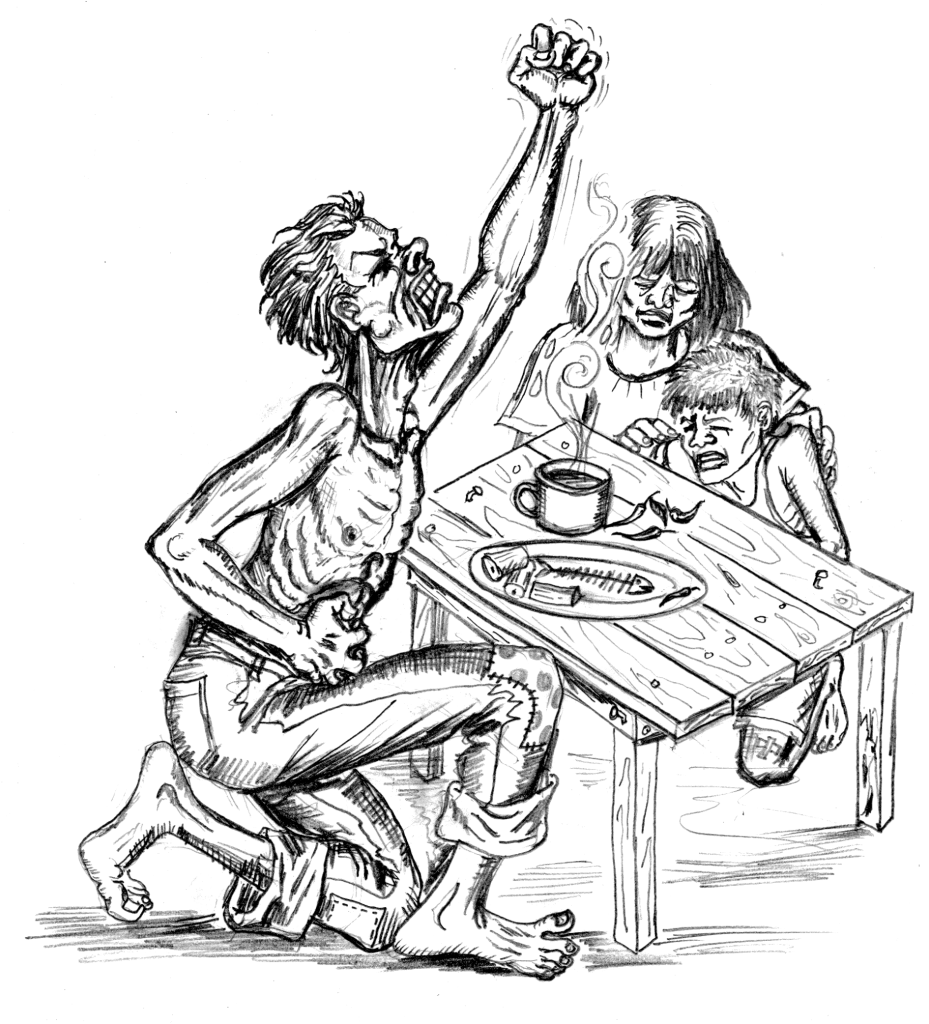
The 7.6% growth of the gross domestic product hailed by Ferdinand Marcos Jr is not felt by the people. According to the group Kadamay, Marcos Jr’s “development” is “does not address the hunger” of the Filipino poor. They do not expect the “jetsetting president” to provide solutions to their poverty.
The poor mocked Marcos Jr’s reign as the “hunger era.” According to state statistics, the number of poor rose to 20 million (an increase by 2.3 million) in 2022. The biggest number of people suffered hunger between October and December last year due to rising prices of commodities.
A “flash in the Pan” was how Ibon Foundation described the GDP’s claimed growth. It is a mere “rebound” coming from the economic collapse caused by restrictive lockdowns during the pandemic. There will be a steep drop this year, according to the institution.
The government’s claimed growth is an attempt to fool the public, according to Ibon. It is being used to make claims that Marcos Jr “economic stewardship.” In reality, this will not last long because the “growth” from the historical 9.5% collapse of local production in 2020 has been maxxed out. “The (economy) will return to the former pattern of slow growth before the pandemic.”
In fact, the slowdown in the fourth room of 2022 has begun where the economy grew by 7.2%, slower compared to the entire 2022. The “revenge spending” or increasing household consumption has slowed down since the second quarter of the year. There was no spending momentum even during the Christmas season.
Meanwhile, agricultural production fell for the third year. State statistics itself indicate negative local agricultural growth of -0.1% in 2022. Earlier, production in the sector was below -1.7% (2021) and -1.2% (2020). Even in 2019, agricultural growth (0.3%) was insignificant. Over the next three years, crop and fishing production fell. Livestock production (1.9%) slightly increased but was not enough to boost the entire sector.
Not a solution to the crisis
The Philippine economic crisis will not be resolved through the Philippine Development Plan (PDP) 2023-2028, Ferdinand Marcos Jr.’s economic program. Ibon called the plan’s framework “obsolete.”
The PDP, according to the institution, is the ninth of the “development programs” since the Marcos dictatorship. Then and now, these programs have focused on implementing reforms for “free trade.” This simply means export-based production will continue while the reactionary state exerts efforts to attract foreign investments.
Ibon pointed to state statistics that indicate an increase in the share of production for export from 16% of the GDP in the 1980s to 40% in the 2000s. Foreign investment has grown six times since the 1980s, with a share of 5% of the GDP to 29% at present.
In the face of this, manufacturing and agriculture has been on the decline since the 1950s. Likewise, these sectors’ share in employment vis-a-vis the entire economy has decreased.
PDP 2022-2028 will pull the country deeper to a severe crisis. This is because the plan is set within the framework of globalization that has caused widespread unemployment, poverty and lack of development over the past four decades.
Instead of bringing development, the regime will continue to kill the productive sectors of the economy, particularly agriculture, through all-out importation. It has no plans to provide support to current production.
Similar to the economic plans of previous reactionary regimes, it has no plans to provide living wages for workers nor carry out land reform, raise farmgate prices of farmers agricultural produce and other necessary reform to improve the lives and livelihood of the majority of Filipinos.


